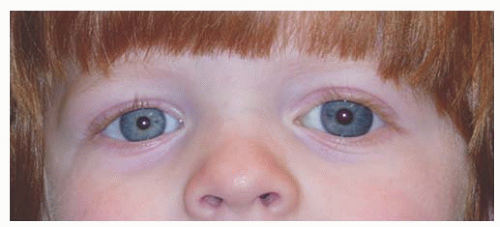signs of glaucoma in babies
What are signs and. Glaucoma in children is classified by the age that symptoms begin.

Glaucoma In Infants And Children Ento Key
Get the latest Pittsburgh local news breaking news sports entertainment weather and traffic as well as national and international news from the Pulitzer Prize-winning staff of the Pittsburgh Post-Gazette.

. Signs of glaucoma in babies also include unusually large eyes or excessive tearing. Childhood glaucoma is associated with physical changes in the eye that are caused by the high pressure. Most babies with congenital or infantile glaucoma have vision thats.
The warning signs and the many Faces of it. Large eyes a dull or cloudy eye tears when not crying. Eye pressure isnt reduced enough Eye pressure is lowered too much Lazy eye amblyopia Detached retina Astigmatism a.
It is estimated that over 300000 Australians have glaucoma but 50 are undiagnosed. Children can develop it as they grow. The iris part responsible for eye color may also appear dull.
What are the types of glaucoma. In babies doctors might notice eye shape or size issues that are clues a child might have glaucoma. The most common is a reaction to the anesthesia.
There are many possible mechanisms for the drainage problem that results in childhood glaucoma. The Glaucoma Foundation states that about one in 10000 births results in congenital glaucoma. There are different classifications of the.
Symptoms in congenitalinfantile glaucoma include. Signs of glaucoma in babies are big eyes and cloudy looking corneas Kids with glaucoma have too much tearing and hate any bright lights Specific surgery is the first treatment for many children with glaucoma Glaucoma in children could take up an entire book all on its own and there are some good professional texts. The most common symptoms of congenitalinfantile glaucoma are excessive tearing light sensitivity and a large cloudy cornea the normally clear front surface of the eye which can cause the iris colored part of the eye to appear dull.
Juvenile glaucoma normally refers to the condition in children under the age of three. The following are the most common symptoms of childhood glaucoma. Congenital glaucoma presents with excessive tearing light sensitivity and a cloudy enlarged cornea.
Cloudy cornea front surface of the eye that is normally clear Dull iris colored part of eye Light sensitivity Tearing Symptoms in juvenile glaucoma With juvenile glaucoma there are typically no obvious symptoms at first. Excessive watering of the eye Pain and discomfort Irritability and fussiness Appetite loss Sensitivity to light photophobia Cloudy enlarged cornea Nearsightedness that worsens Difficulty seeing things off to the side Headaches. Excessive tearing called epiphora.
Glaucoma can occur in one or both eyes. Doctors may notice symptoms at birth. Signs of glaucoma include a loss of peripheral or side vision other vision loss seeing halos around lights eye pain headaches nausea and vomiting.
Infantile- develops between 1-24 months of age. Congenital glaucoma is usually noticeable right away. When glaucoma occurs in babies children and teenagers it is called paediatric glaucoma.
However you could look out for some of these common symptoms if you suspect the child has glaucoma 1 5. Signs of glaucoma include a loss of peripheral or side vision other vision loss seeing halos around lights eye pain headaches nausea and vomiting. Signs of glaucoma in babies are big eyes and cloudy looking corneas Kids with glaucoma have too much tearing and hate any bright lights Specific surgery is the first.
Babies with glaucoma may have. Signs of glaucoma in babies are big eyes and cloudy looking corneas Kids with glaucoma have too much tearing and hate any bright lights Specific surgery is the first treatment for many children with glaucoma Glaucoma in children could take up an entire book all on its own and there are some good professional texts. Children often have different signs and symptoms of the disease than adults.
Ad Surprisingly there is more than one type of glaucoma. Juvenile- develops after the age of 3. Light sensitivity Cloudy cornea transparent outer layer Extra tears Frequent blinking Large bulging eyes Children may experience pain poor appetite.
Signs of Glaucoma in Babies and Children Although congenital glaucoma is uncommon it is important to know the signs of this disease as infants cannot report symptoms. Symptoms of paediatric glaucoma include cloudy eye dull appearing iris coloured part of the eye sensitivity to light and excessive tearing. While most adults with glaucoma have no symptoms babies and young children with glaucoma may display the following signs.
A wide variety of systemic. Can children get glaucoma. The resulting increase in IOP can damage the optic nerve and lead to vision loss.
Excessive tearing that happens along with extreme sensitivity to light your child will turn their head into the mattress or blankets to avoid light Hazy or overly prominent appearance of either eye. Ad Learn about it. Enlargement of the eye cloudiness of the cornea and injury to the optic nerve are examples of changes that can occur as a result of glaucoma.
But glaucoma doesnt always show up right away. Childhood Glaucoma CongenitalDevelopmental Anomalies Affecting the Eye and Orbit Cranial Nerve Palsies Esotropia and Exotropia Hypertropia Nerve PalsiesOcular Nerves Disorders Optic Nerve Gliomas Orbital and Ocular Tumors Ptosis Refractive Errors Retinal Disorders Retinopathy of Prematurity Strabismus Tear Duct Nasolacrimal Duct Anomalies. What are the signs of glaucoma in children.
Excessive eye blinking called blepharospasm particularly in bright light. Signs of Glaucoma to look out for in kids and adults. It is relatively rare in children.
This can lead to corneal scarring. Although rare congenital infantile or juvenile glaucoma are still considered uncommon. Large eyes Eye shape or size A dull or cloudy eye Increased blinking Tears when not crying Redness in the sclera the white part of the eye.
Glaucoma is the leading cause of irreversible blindness worldwide. Its also possible for children to have glaucoma with no symptoms which is why children must have regular eye exams. One eye appearing larger than the other Frequent tearing of the eye s Light sensitivity tendency to close one or both eyes in bright light Visible cloudiness near the surface of the enlarged eye s Any level of vision loss particularly in peripheral vision.
Congenital- present at birth. Excessive tearing light sensitivity photophobia closure of one or both eyes in the light cloudy enlarged cornea large eye one eye may be larger than the other vision loss. The symptoms of developmental glaucoma can include.
With babies doctors may notice several things that can indicate glaucoma including. However each child may experience symptoms differently. If your child experiences any of the following warning signs call your pediatrician promptly.
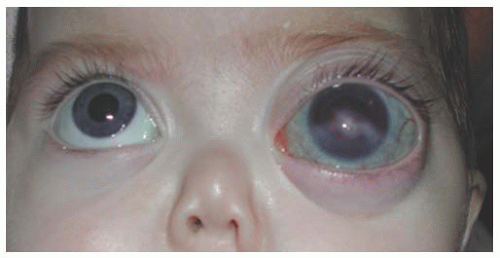
Glaucoma In Infants And Children Ento Key

Childhood Glaucoma Glaucoma Org
Pediatric Glaucoma A Review Of The Basics

Childhood Congenital Glaucoma Glaucoma Associates Of Texas
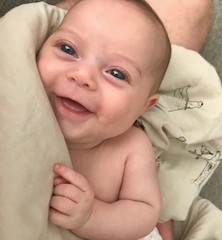
Severe Congenital Glaucoma In A Newborn Duke Health Referring Physicians
Sturge Weber Syndrome And Secondary Glaucoma American Academy Of Ophthalmology

Glaucoma Information Congenital Glaucoma Glaucoma Information

Congenital Glaucoma An Overview Sciencedirect Topics

C Care Ihk Congenital Glaucoma Occurs In Babies And Facebook

Pin On Pediatric Picture Atlas
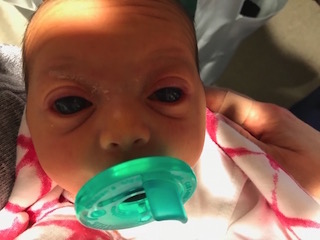
Severe Congenital Glaucoma In A Newborn Duke Health Referring Physicians
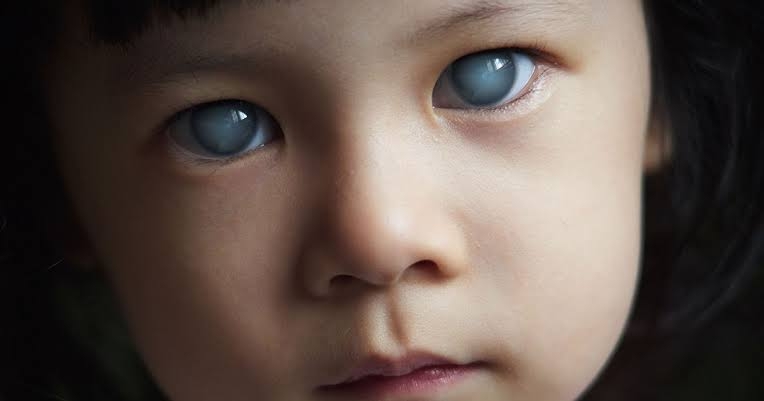
Pediatric Glaucoma A Review Of The Basics

Primary Congenital Glaucoma For Patients Gene Vision

Glaucoma Can Strike At All Ages Even Newborn Babies Glaucoma Org

Primary Congenital Glaucoma Discovery Eye Foundation
Glaucoma Swavalamban Children Rehabilitation Centre Ujjain

